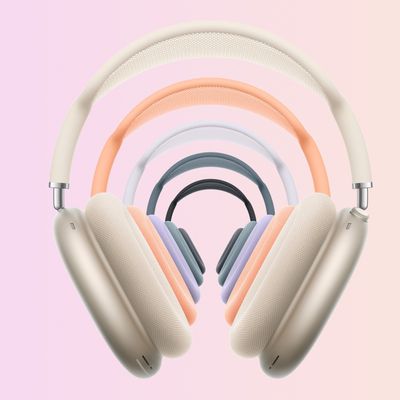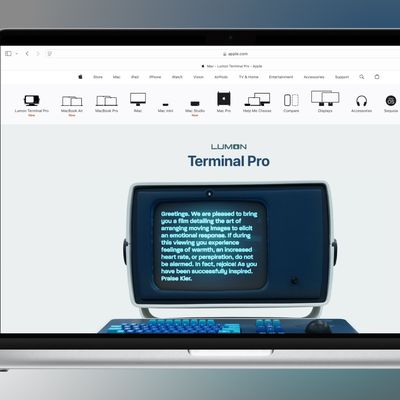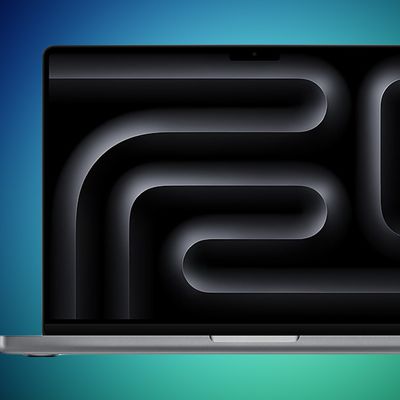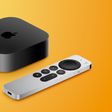CNET has published an extended interview with Jony Ive in which the Apple design chief discusses some of the design decisions that went into developing the Touch Bar in the company's new MacBook Pro lineup.
The contextual OLED Touch Bar replacing the function keys on the new Macs was developed for at least two years, during which time Ive's team explored the idea of larger, haptic-rich trackpads. According to Ive, "a number of designs" were explored that "conceptually make sense", but were later rejected.
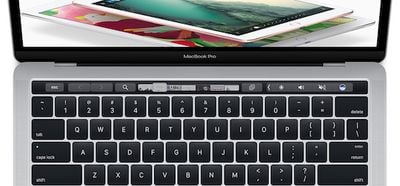
When we lived on them for a while, sort of pragmatically and day to day, [they] are sometimes less compelling. This is something [we] lived on for quite a while before we did any of the prototypes. You really notice or become aware [of] something’s value when you switch back to a more traditional keyboard.
Ive explained that his team's point of departure was to see if there was a way of designing a new input that could be contextually specific and adaptable, yet also something that was mechanical and fixed. This required the development of a "difficult prototype" with a mature software environment, in order to work out if the idea had any real-world traction.
One of the things that remains quite a big challenge for us is that you have to prototype to a sufficiently sophisticated level to really figure out whether you’re considering the idea, or whether what you’re really doing is evaluating how effective a prototype is.
Ive said that after testing the designs, his team were unanimously "very compelled" by the Touch Bar as a viable input device, but that the real challenge was to integrate it into a specific product without compromising its existing design.
You sort of change your hat, because you have to figure out how do you then productize it, and develop the idea, and resolve and refine to make it applicable to a specific product. To do that in the context of the MacBook Pro — while at the same time you’re trying to make it thinner, lighter and more powerful — the last thing you want to do is burden it with an input direction that now has a whole bunch of challenges specific to something like touch.
Asked if the Mac community's expectations and emotional ties to their devices affects his design considerations, Ive emphasized that his team "don't limit ourselves in how we will push – if it's to a better place", although "what we won't do is just do something different that's no better".
Apple has published detailed design guidelines on how developers should use the Touch Bar, steering them away from use cases that would suggest it functions as a second display. When pushed, Ive refused to elaborate on why Apple "doesn't think a touchscreen is a particularly useful or appropriate application of multitouch", because it would lead him to have to talk about things his team are currently working on.
However, reiterating comments made in an earlier interview with Apple executives Phil Schiller and Craig Federighi, Ive said that incorporating the Touch Bar "is the beginning of a very interesting direction" for the Mac. Rumors have circulated recently that Apple is considering introducing a customizable e-ink keyboard in future Macs, possibly next year, although the veracity of these claims remains unclear.
You can read CNET's full interview with Jony Ive here.






